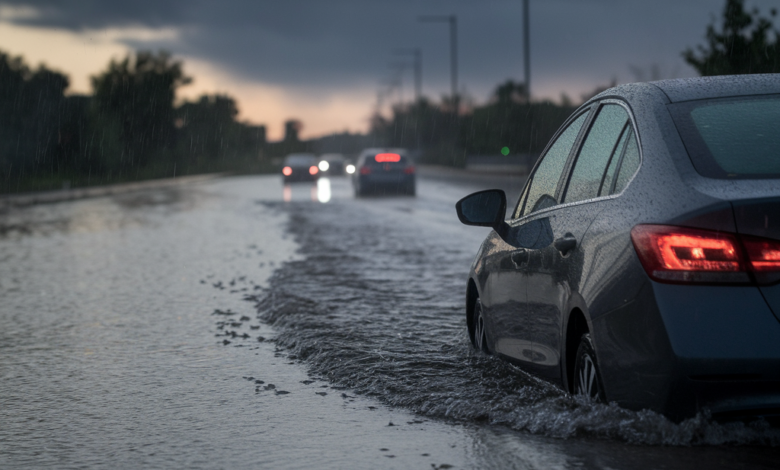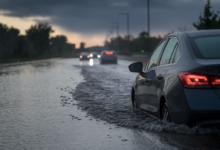Bad Weather Driving Tips

Bad weather. Rain, wind, snow, sleet, ice, and poor visibility. All constitute severely bad weather, and this can make it hard to drive safely and comfortably. However, if this is something you have been struggling with, there are several bad weather driving tips that may help. And, fortunately, we’ve summed up several main ones here to help.
Six Simple Bad Weather Driving Tips You Should Know for Safety
When it comes to driving, one of the big things to account for is the weather. Indeed, the conditions when out on the road should significantly influence how you drive. And, if things are bad, you’ll need to take a more cautious and safe approach. Fortunately, though, there are a few simple tips you could follow to help.
- Start by checking your car’s history. If you don’t know the history of your vehicle, driving in poor weather could be extra risky. Always use a car history checking tool to ensure you know how your car has been used first. In addition, this can allow you an insight into the past MOT records, further informing your driving decisions. And, if any advisories on an MOT might be an issue for bad weather driving, be sure to repair these first.
- Always reduce your speed in poor conditions. When the weather is wet or visibility is poor, slowing down can help hugely. This decreases the risk of getting out of control and allows slightly more reaction time than driving at faster speeds; always also increase the distance you leave between yourself and others to account for delayed braking.
- Turn on your headlights. Even if it’s the middle of the day, turning your car’s lights on is often crucial. This helps improve visibility and – critically – also makes your vehicle more noticeable to others. In turn, this may reduce the risk of accidents or issues arising.
- Don’t brake too hard. It’s easy to get into a habit of slamming on the brakes; in poor weather conditions, especially rain, snow, sleet, and ice, this can be very dangerous. Indeed, slamming on the brakes could lead to your car skidding. And, if the grip isn’t good, you could end up out of control.
- Check tyre tread. Often, the amount of contact you have between the road surface and the tyres is determined by tread. Thus, ensuring your tyre tread is suitably deep is crucial to prevent your car from slipping. While this alone may not fully prevent slips and poor road grip, it can help a lot alongside other tip.
- Check the weather first. Being caught out is often one of the worst things to happen. Therein, try to check the forecast prior to beginning your journey, even if it’s only short. This could allow you to plan, giving you greater control and prep time.
Final Thoughts
Driving in less than ideal conditions can potentially put you in a tricky position. In line with this thought, there’s lots to keep in mind, and today’s tips are among the key points. After all, bad weather driving can be risky. Still, by taking steps to mitigate this, you could still enjoy a safe and comfortable road trip experience.
Stay in touch to get more news & updates on Usa Tech Magazine!





